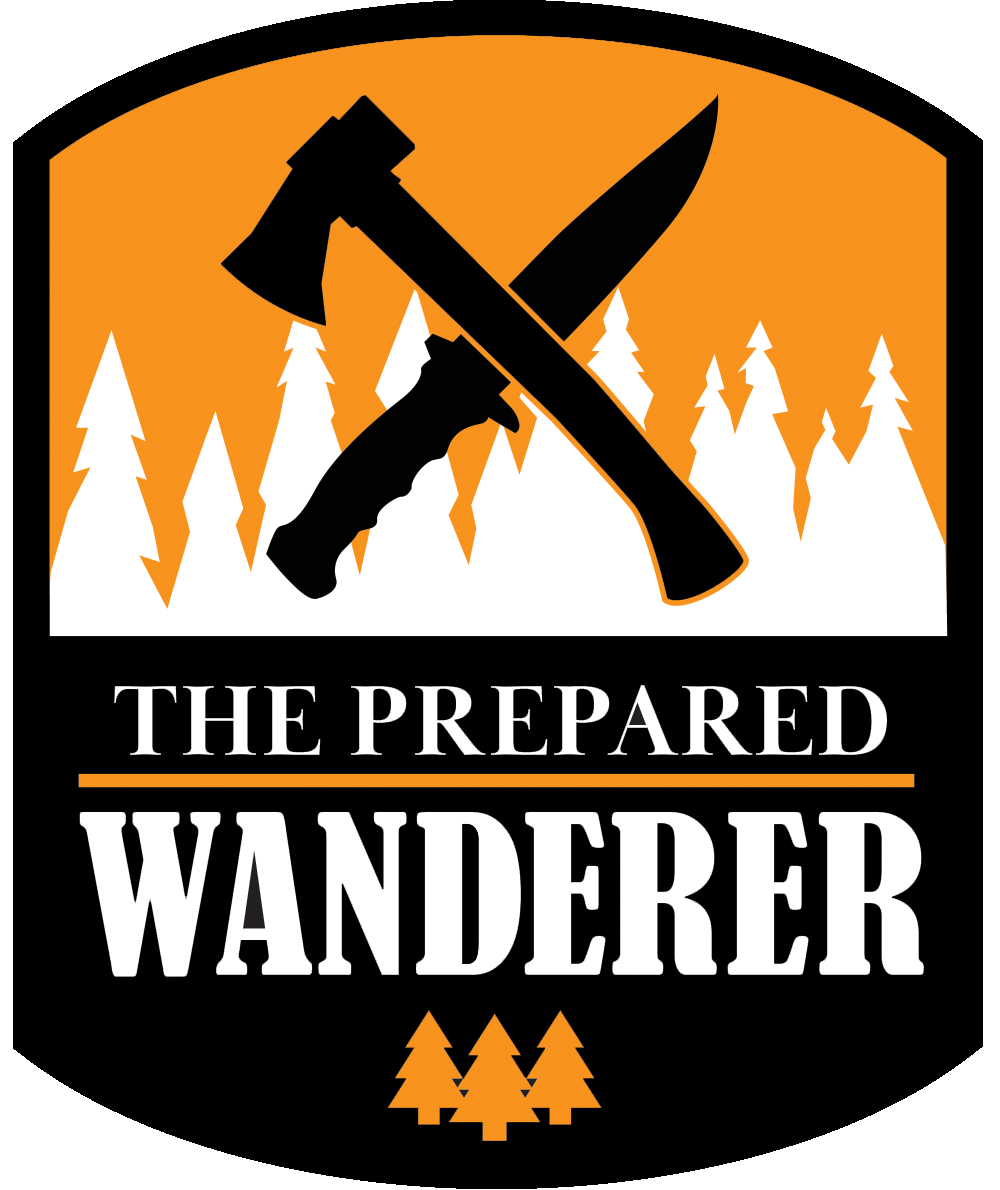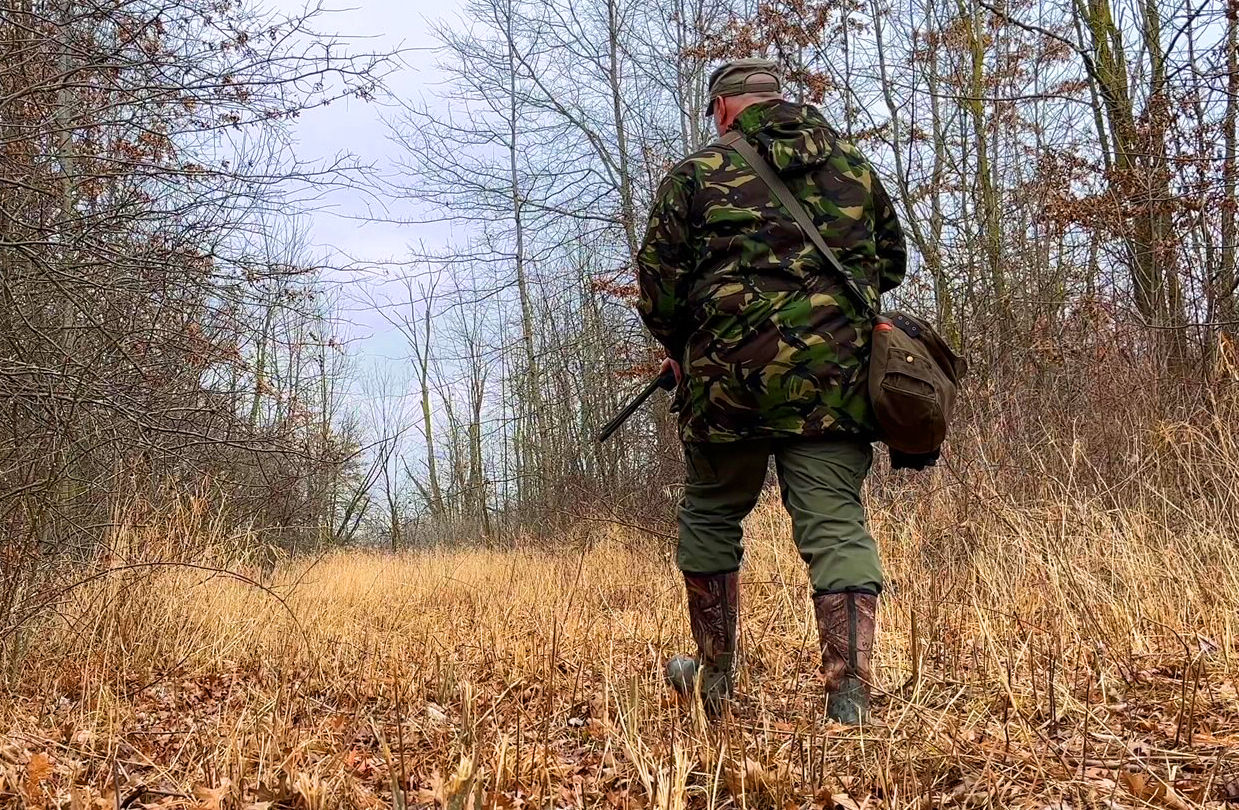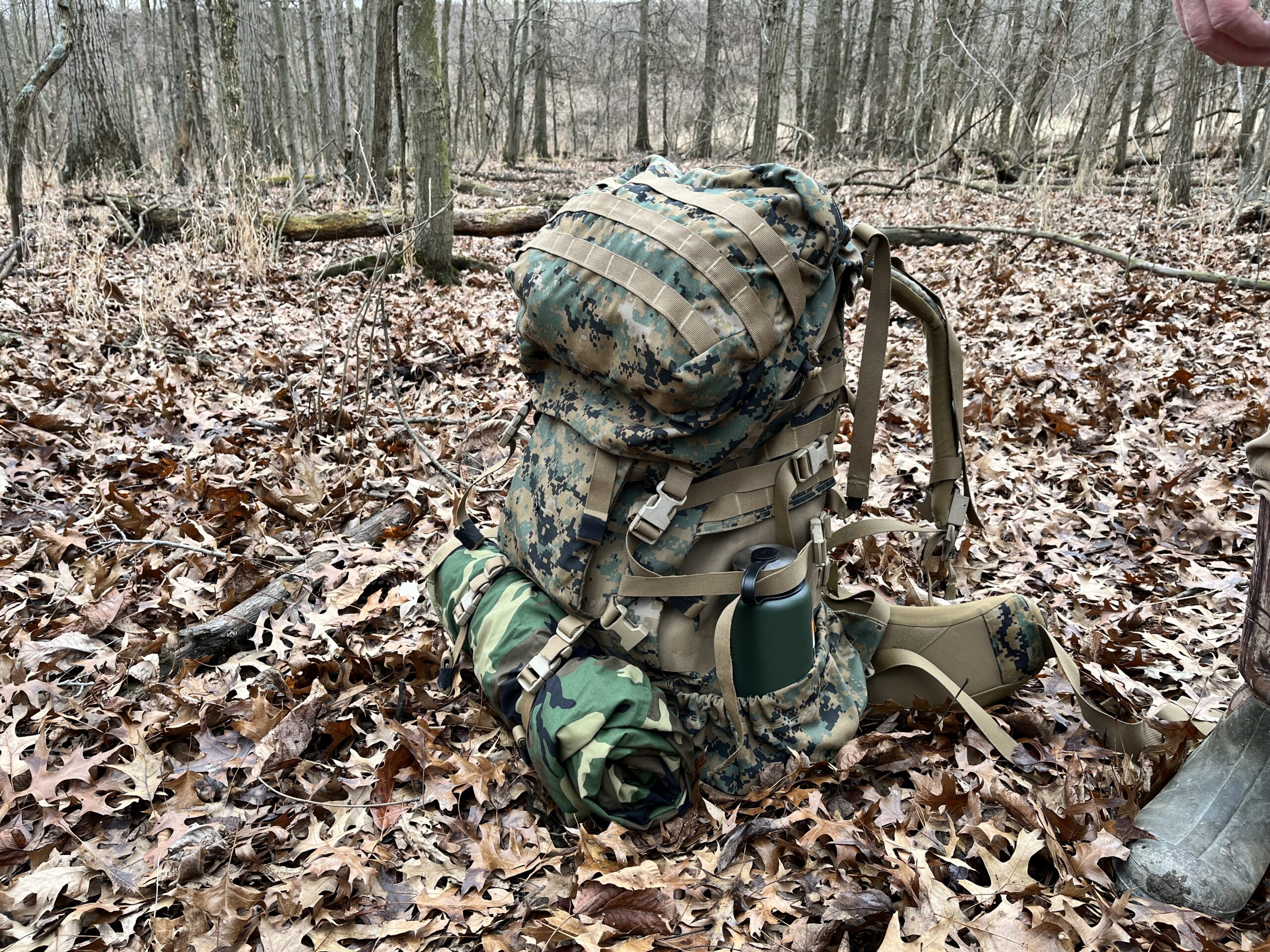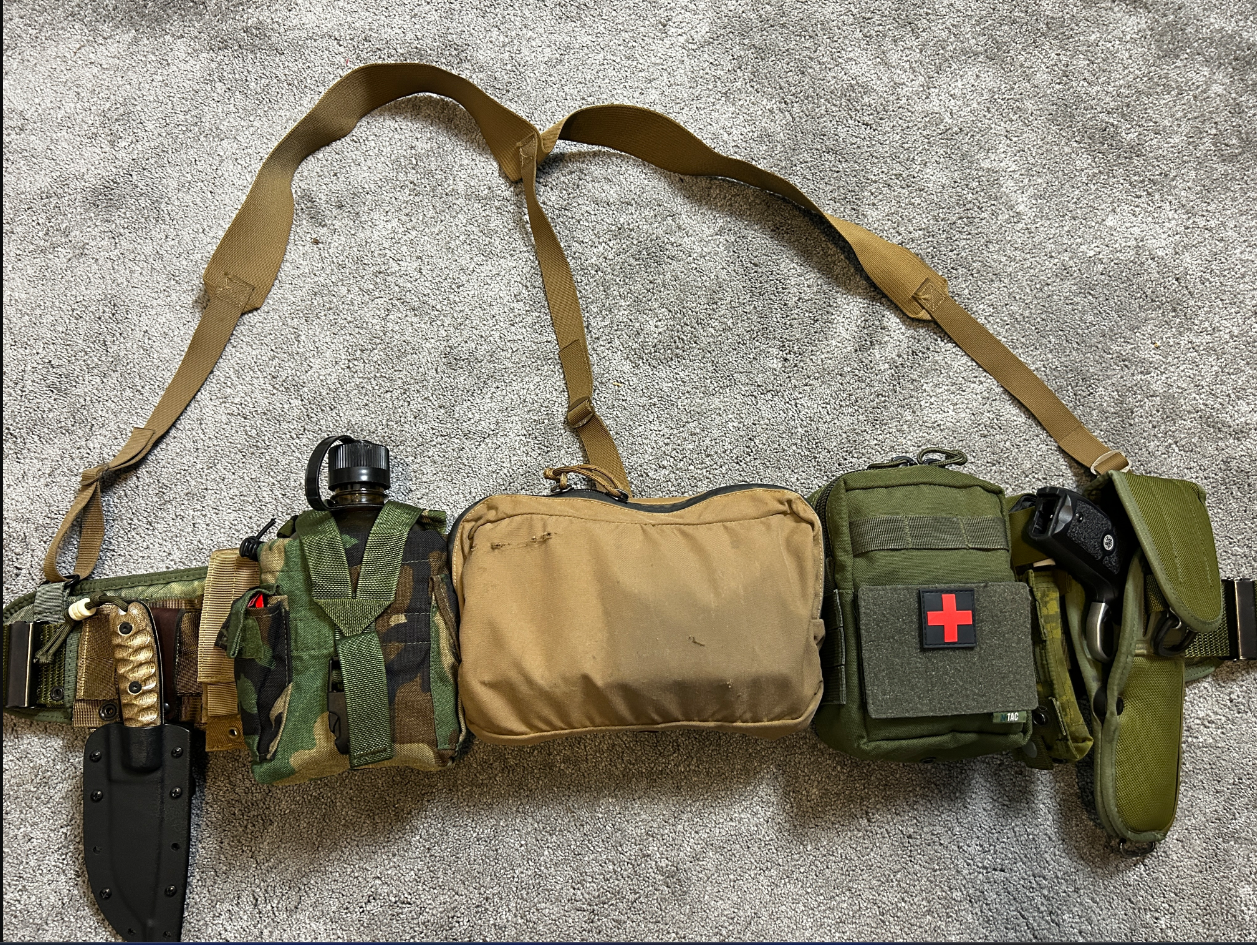“Bugging out” is a term commonly used to describe the act of leaving one’s current location or residence quickly and unexpectedly, often in response to a perceived threat or emergency situation. The term is often associated with preparedness and survival scenarios.
When people “bug out,” they typically abandon their regular living arrangements and head to a safer location or preplanned retreat. This may involve relocating to a secondary home, a designated shelter, a remote area, or an established bug-out location (BOL). The reasons for bugging out can vary, but they often include natural disasters, civil unrest, widespread power outages, pandemics, terrorist attacks, or any other situation where staying in one’s current location becomes risky or untenable.
The concept of bugging out is prevalent in survivalist and prepper communities, where individuals or groups take proactive measures to prepare for potential crises and ensure their safety and well-being. This preparedness includes having essential supplies, equipment, and a well-thought-out evacuation plan to execute when necessary.
In times of crisis or disaster, being prepared can make all the difference between life and death. Bugging out, the act of leaving one’s home or current location in response to an emergency, requires careful planning and having the right essentials on hand. Whether it’s a natural disaster, civil unrest, or any other unforeseen event, having a well-thought-out bug-out plan and the necessary supplies can significantly increase the chances of survival. Here are some crucial bugging out essentials that every prepared individual should consider:
Bug-Out Bag (BOB):
A bug-out bag is a pre-packed backpack or duffel bag containing essential survival items that can sustain you for at least 72 hours. The BOB should be easily accessible and ready to grab at a moment’s notice. Some key items to include are:
- Non-perishable food: High-energy snacks, canned goods, and freeze-dried meals.
- Water and water purification: Carry a reusable water bottle and water purification tablets or a filter to ensure a safe water supply.
- First aid kit: Bandages, antiseptics, pain relievers, medical tape, and any necessary prescription medications.
- Shelter and warmth: A compact tent or tarp, sleeping bag, emergency blanket, and extra clothing suitable for the climate.
- Fire-starting tools: Waterproof matches, lighters, and fire starters.
- Multi-tool or survival knife: For various tasks such as cutting, opening cans, and self-defense.
- Communication: A fully charged phone, solar-powered charger, or a battery-operated radio to receive updates and stay informed.
- Navigation: Maps, compass, or a GPS device to help find your way to your bug-out location.
- Personal documents: Copies of important documents like identification, insurance papers, and contact information.
- Cash: In case electronic payment systems are unavailable during emergencies.
- Clothing and Footwear:
- Proper clothing and footwear are essential for surviving different environmental conditions. Include durable, weather-appropriate clothing, such as sturdy boots, rain gear, and layers to adapt to temperature changes.
Food and Water Resupply:
While your bug-out bag should contain some food and water, it’s crucial to plan for resupply. Know the locations of nearby water sources, water purification methods, and potential food sources like edible plants or small game in the area you’re heading to.
Transportation:
Having a reliable bug-out vehicle can be crucial, especially if your bug-out location is a considerable distance away. Maintain your vehicle in good condition, keep the fuel tank filled, and have essential repair tools and spare parts on hand.
Knowledge and Skills:
Possessing the right knowledge and skills is just as important as having the necessary supplies. Familiarize yourself with basic survival skills, such as starting a fire, setting up shelter, navigation, and first aid. Additionally, learn about local hazards and potential evacuation routes.
Protection and Self-Defense:
While bugging out is generally a last resort, it may involve traversing through unsafe areas. Consider carrying personal protection items like pepper spray or a concealed firearm if legally permitted and if you’ve received proper training in their use.
Community and Family Planning:
Coordinate your bug-out plans with family members or like-minded individuals. Establish communication protocols and rendezvous points if you get separated during an evacuation.
Mental Preparedness:
Staying calm, focused, and mentally prepared during emergencies is crucial. Mental preparedness can help you make rational decisions and react effectively to changing situations.
Remember that bugging out should be a well-thought-out decision based on the specific situation at hand. Not all emergencies require evacuation, and in some cases, staying put may be the safest option. However, having a well-prepared bug-out plan and essential supplies can offer peace of mind and a higher chance of survival when it’s necessary to leave your current location quickly.






Leave a Reply